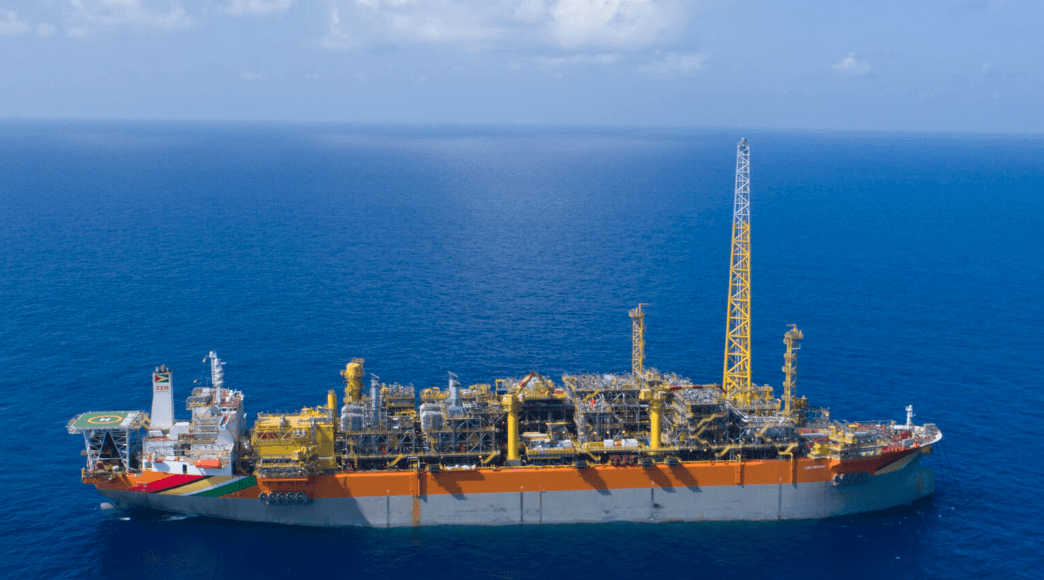Head of the Environmental Protection Agency (EPA), Kemraj Parsram recently disclosed that his team is working on securing technology that would boost the capacity of the agency to test produced water.
In the meantime, Parsram said ExxonMobil’s affiliate, Esso Exploration and Production Guyana Limited (EEPGL), is doing self-monitoring on a daily basis on the Liza Destiny FPSO and reports on that process are sent to the EPA for review.
Expounding further, the EPA Head said, “They have a system on board that actually monitors the produced water (i.e water that comes up a well with the oil and gas) being discharged to ensure it is in keeping with the agreed standard of 29 milligrams per liter, for example, oil in water before it is discharged. They also have a lab on board where they test the water constantly to make sure it meets that standard.”
The Liza Destiny FPSO has been in operation since 2019, producing oil at the ExxonMobil-operated Stabroek Block. The project includes 17 subsea development wells utilizing the FPSO to process, store, and offload recovered oil. The Liza Destiny is connected to the wells via a series of subsea umbilicals, risers, and flowlines (SURF), to transmit oil, gas, and water from production wells to the vessel, as well as treated gas and water from the FPSO to the injection wells.
“We would also go onboard and do spot checks with them. In fact, I went on board the Destiny recently and witnessed firsthand that this is happening, and they were actually meeting 17 milligrams instead of 29 on average so they were doing way better but that is in the interim and that is what I came and met,” Mr. Parsram stated.
He said the technology EPA is working to acquire will allow the agency to see Exxon’s offshore data so that it can have real-time monitoring of its compliance with key environmental parameters. He further noted that the agency is desirous of purchasing water quality buoys to be placed around the various FPSOs as well as drill ships to help it monitor the impact of offshore discharges.
Alongside these efforts, Mr. Parsram said the capacity of in-country labs such as those at the Hydromet Office, the Guyana Sugar Corporation, and the Institute of Applied Science and Technology (IAST) is being reviewed with respect to tests related to the oil sector. In the event that there is any shortcoming, he said the assistance of an overseas lab would be sought.



